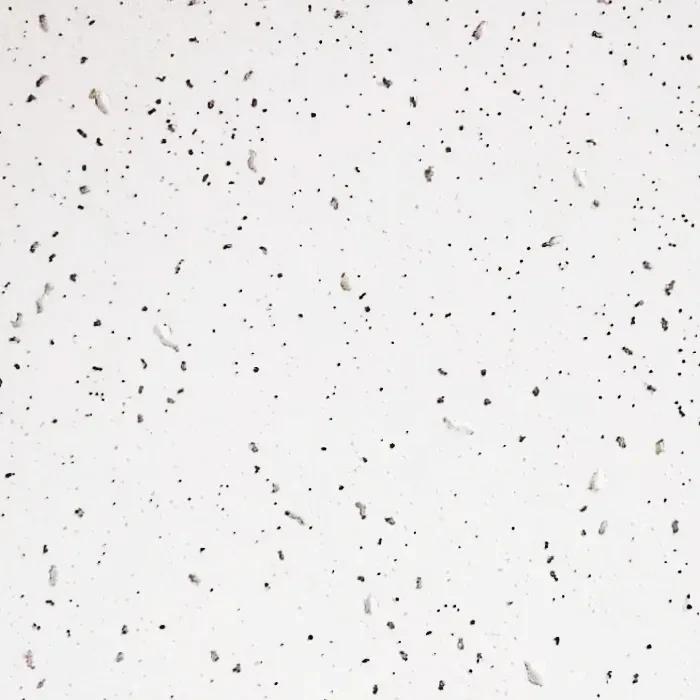Dec . 23, 2024 23:42 Back to list
Exploring the Benefits and Applications of PVC Gypsum Board in Construction
The Rise of PVC Gypsum Board in Modern Construction
In recent years, the construction industry has witnessed significant innovations aimed at improving efficiency, sustainability, and cost-effectiveness. One such advancement that has garnered attention is the PVC gypsum board, a composite material that integrates the beneficial properties of both PVC (polyvinyl chloride) and gypsum. This innovative building material is rapidly gaining popularity among architects, builders, and contractors, and it is reshaping the way we think about interior construction.
PVC gypsum boards are primarily composed of a gypsum core that is encased in PVC material. This unique combination endows the boards with several advantages over traditional gypsum boards. One of the most notable benefits is their enhanced durability. The PVC layer provides excellent resistance to moisture, mold, and mildew, making them particularly suitable for areas prone to high humidity, such as kitchens and bathrooms. Unlike conventional gypsum boards, which can warp or deteriorate in damp environments, PVC gypsum boards remain intact and maintain their structural integrity over time.
The Rise of PVC Gypsum Board in Modern Construction
Another advantage of using PVC gypsum board is its aesthetic versatility. These boards come in a variety of colors, textures, and finishes, allowing for greater creative freedom in interior design. Whether aiming for a modern, minimalist look or something more traditional, PVC gypsum boards can be tailored to fit the desired aesthetic. Additionally, they can be easily painted or decorated, further expanding the range of design possibilities.
pvc gypsum board

The environmental impact of PVC gypsum boards is also a point of interest. While PVC has occasionally been criticized for its production process and sustainability issues, manufacturers are increasingly adopting eco-friendly practices. Many PVC gypsum boards are produced using recycled materials, and they can often be recycled at the end of their life cycle. Furthermore, the durability of these boards means that they require less frequent replacement, which ultimately contributes to a reduction in waste and resource consumption.
Recognizing these benefits, many builders and developers are incorporating PVC gypsum boards into their projects. From residential homes to commercial spaces, these boards are proving to be an effective solution for a wide range of building applications. Additionally, as more people become aware of the advantages of using PVC gypsum boards, it is likely that their adoption will continue to grow.
However, it is essential to consider some challenges associated with PVC gypsum boards. For instance, the use of PVC raises concerns about toxicity and environmental impact, particularly regarding the chemicals released during manufacturing and disposal. It is crucial for manufacturers to address these concerns and for builders to stay informed about the materials they are using. Clear labeling and sustainable sourcing can help mitigate some of these issues.
In conclusion, PVC gypsum boards represent an exciting development in the construction industry, offering a blend of durability, aesthetic appeal, and ease of installation. As the demand for sustainable and efficient building materials continues to rise, PVC gypsum boards may play a significant role in shaping the future of interior construction. The balance between innovation and environmental responsibility will be crucial as we move forward, ensuring that advancements in building materials benefit not only the industry but also the planet.
-
Quality Ceiling Trap Doors & Access Panels | Easy & Secure AccessNewsAug.30,2025
-
Durable Ceiling T Grid Systems | Easy InstallationNewsAug.29,2025
-
PVC Gypsum Ceiling: Durable, Laminated Tiles for Modern SpacesNewsAug.28,2025
-
Pvc Gypsum Ceiling Is DurableNewsAug.21,2025
-
Mineral Fiber Board Is DurableNewsAug.21,2025
-
Ceiling Tile Clip Reusable DesignNewsAug.21,2025







